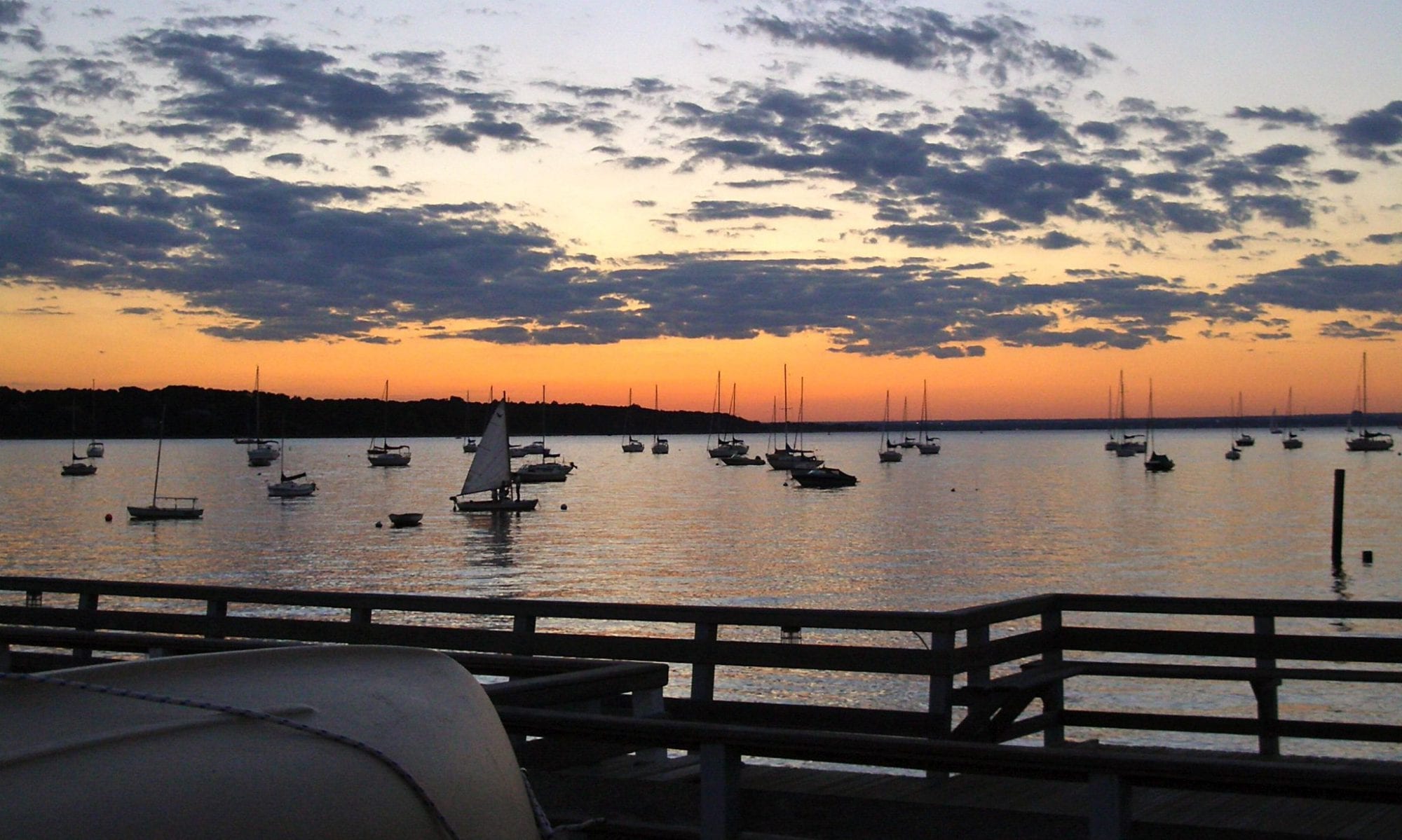As you may have read, there is a serious problem of algal blooms that are threatening Long Island’s waterways and the various causes and problems. Fortunately Hempstead Harbor has fared better than most but the threat is still there. This article will focus on one potential cause – overuse of lawn fertilizer – and changes that may be coming.
In Hempstead Harbor, computer modeling by The Nature Conservancy shows that 15 – 20% of the nitrogen in the harbor is from over-fertilizing. While part of the problem is applying more fertilizer than the plant roots can take up or applying it just before a rainstorm where it washes off and down into storm drains, some believe that part of the problem may be the composition of the fertilizer itself.
Over the past few months, I have participated in a workgroup convened by the NYS Department of Environmental Conservation that has been looking into new regulations regarding residential lawn fertilization on Long Island. It is very possible that legislation will be introduced this Spring in the State Legislature that will change the composition of fertilizer sold on Long Island.
The workgroup that has been addressing this includes fertilizer manufacturers, retailers, landscapers, environmental organizations, government agencies, and others.
The latest recommendations (January, 2019) are not final but include limiting the amount of nitrogen in fertilizer so that no more than 0.6 pounds of nitrogen are applied per 1,000 square feet and that at least 50% of the nitrogen in the bag is non-water soluble (i.e. “slow release”). The 0.6 pound limit would make this the lowest in the nation (most states are at 0.9 pounds including New Jersey and Maryland). At the same time, the maximum annualapplication rate would be 1.8 pounds per 1,000 square feet, meaning that you could apply the fertilizer no more than 3 times a year. Currently, many fertilizer manufacturers have a “4 step” program. That would now become a “3 step” program. Scotts already makes a “3 step” program for parts of the country.
Further, no fertilizer could be applied between November 1st and April 1st (the exact dates vary slightly at present in Nassau, Suffolk, and New York State rules). During these months, plants have largely gone dormant and do not take up fertilizer anyway.
To ensure that this is adhered to, retailers would be required to remove the product from their shelves during this period.
At least one manufacturer (Scotts) has said that they can produce such a product for Long Island. The proposed law would provide for about a two-year window to produce it.
Some landscapers believe that the 0.6 pound limit is not sufficient for residential turf grass and that this will invite diseases for which pesticides or fungicides would be needed. Others claim that once a lawn is established, that very little fertilization is required. Advocates of the 0.6 pound limit point out that leaving the grass clippings on the lawn (such as with a mulching mower), returns nitrogen to the plants.
If you do fertilize, the best times to fertilize are April through June and September through October. LIGHTLY water in the fertilizer after applying it. If you live on the water, do not apply within 20 feet of the shore unless you use a drop spreader. Also make sure to sweep up any fertilizer that may land on driveways or sidewalks to prevent it from reaching storm drains.
Remember, that everything you do (even if you live miles from the harbor) can impact the quality of our water. Keeping it clean is a responsibility that we all share.
